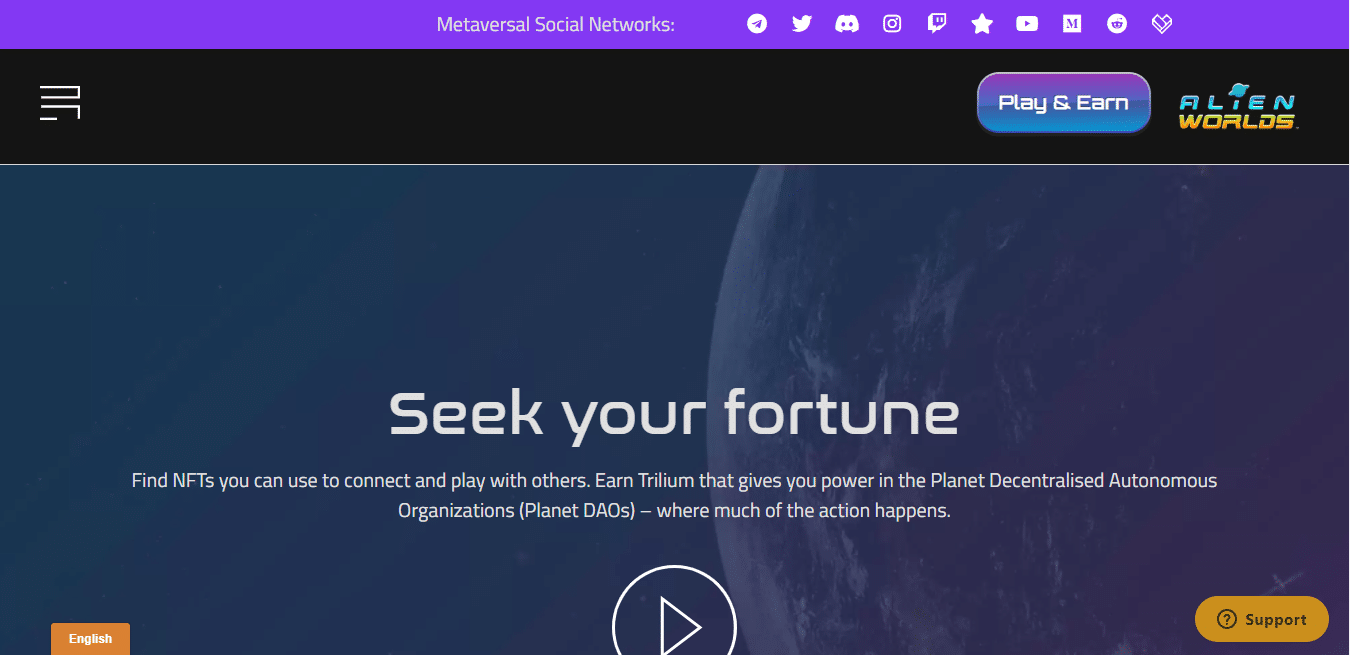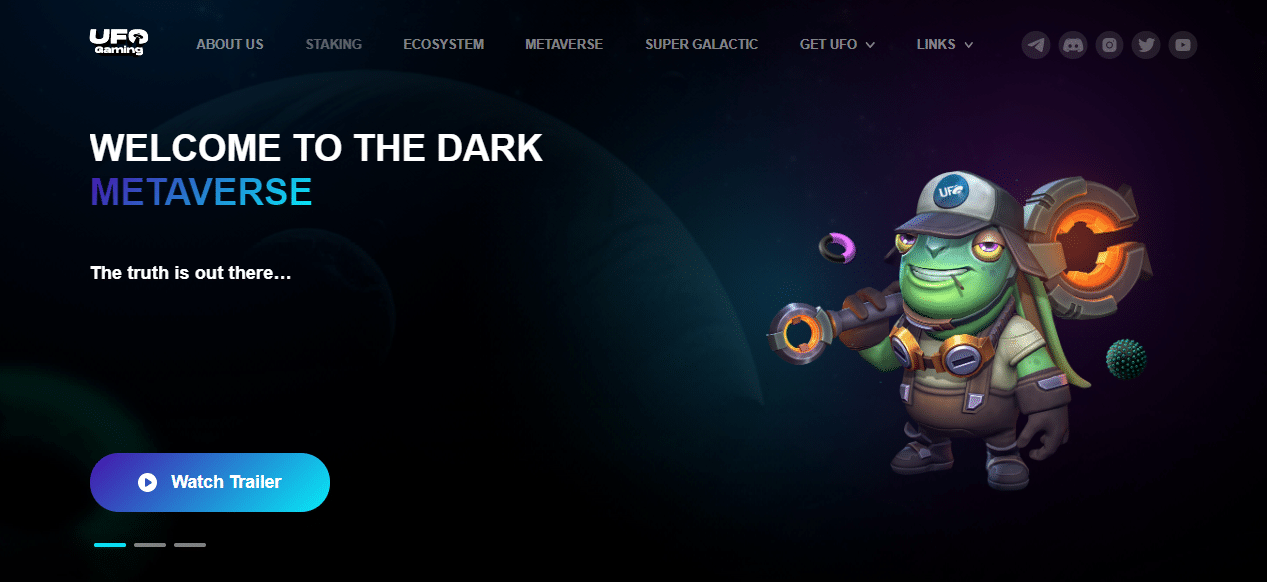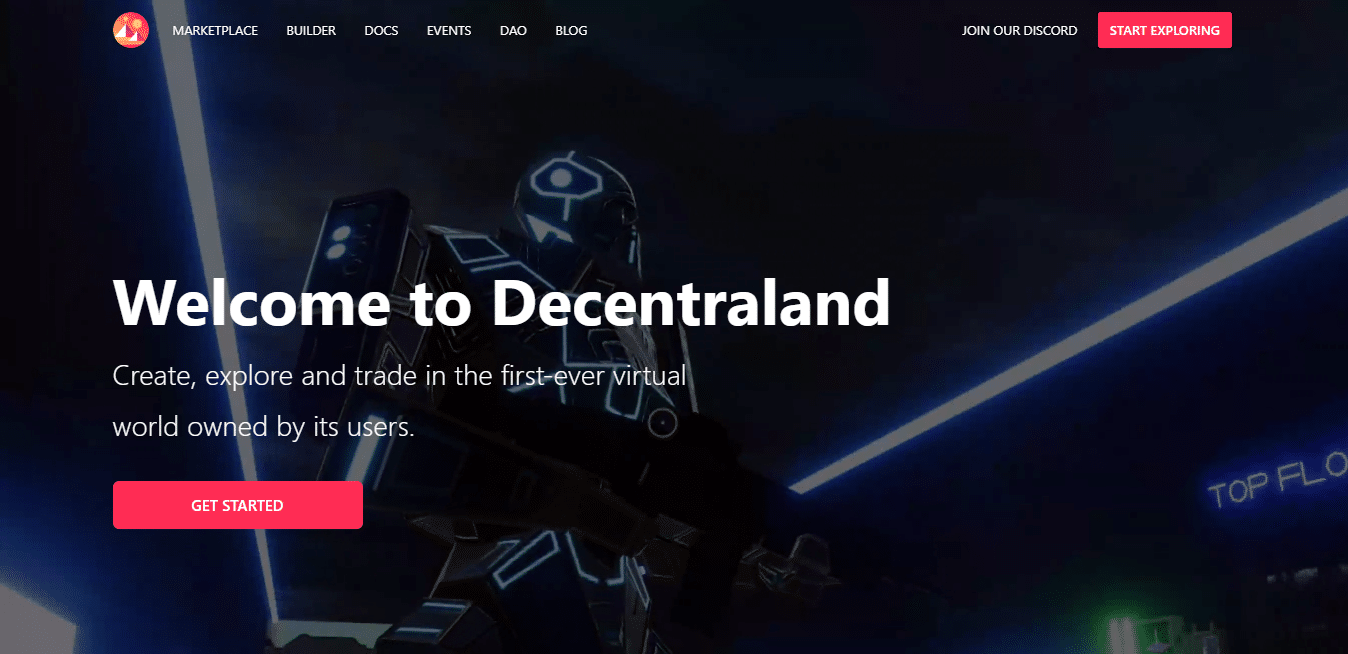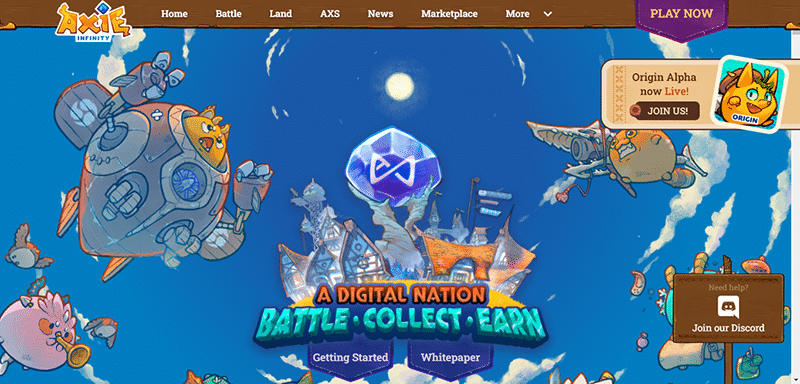Second, only to Bitcoin, Ethereum is one of the most popular blockchains in existence today. This can be attributed in part to the fact that it was the first network to launch with smart contract capabilities. This meant that developers could now build decentralized apps on the platform. Following its launch, it became a popular destination for developers and users of these dApps. According to State of the dApps, the network plays host to 2,962 decentralized applications. These range from blockchain P2E games, DeFi protocols, metaverse projects, and many more.
About the metaverse
Contrary to popular belief, the metaverse is not a new phenomenon. In fact, the first time the term was coined was in Neal Stephenson’s 1992 novel, Snow Crash. In this fictional tale, the metaverse was a digital world that existed parallel to the physical world. Today, the metaverse is a 3D iteration of the internet, which is touted as the new version of the internet. Let’s break this down.
In the beginning, when the internet was invented, most websites were static, and interactions, if any, were mainly text-based, such as emails and messages. After a while, social media was invented. From this move, interactions became increasingly media-based, as people shared photos, GIFs, and videos. Now, the internet is transitioning into a 3D virtual space where users can interact with each other remotely through avatars.
Top metaverse projects on Ethereum
Alien Worlds

This is a metaverse play-to-earn game that is hosted on multiple blockchains. It is built on Ethereum, WAX, and the Binance Smart Chain. It consists of seven virtual planets and is governed by six competing decentralized autonomous organizations (DAOs). Like other crypto P2E games, it utilizes non-fungible tokens (NFTs) as game characters and collectibles. Users then mine the game’s native token, trillium (TLM). They can also stake tokens to unlock advanced features and get to run the governing DAOs.
Other than mining, gamers can earn TLM by battling other users, undertaking quests, or charging rent on their landholdings. This land is represented as an NFT, as are in-game items such as avatars and tools. You can buy land plots and mine TLM on them or rent them from a landowner. Different land types yield different rewards. The NFT collectibles also have different rarity levels and values.
UFO Gaming

This is a decentralized gaming network that intends to traditional onboard gaming onto the blockchain while incorporating a play-to-earn component to them in the process. Users can choose from a variety of games, each of which is community governed. These games often involve virtual worlds, where one can buy and sell land plots or earn from going on quests in the game. They also involve NFT characters and collectibles, which can be traded on NFT marketplaces.
One such game is Super Galactic, which features its very own marketplace for non-fungible tokens. In it, users breed virtual troops and battle them against each other. To set itself apart from its competition, Super Galactic employs a rating system for valuing NFT characters. Their value depends on how active the character is in the game. A high rating allows a user to earn additional crypto rewards and gain access to advanced gaming features.
The Sandbox

This is a metaverse gaming project that allows users to buy virtual NFT land plots, create content and earn from it. To facilitate this, it utilizes three products, namely:
- Voxel editor – This is a free 3D modeling tool. With it, users can create 3D avatars of humans and animals or model objects for use in gameplay. It utilizes voxels, which are square building blocks, to create these models. Once created, users can export these models from VoxEdit to the marketplace as NFTs.
- Marketplace – This is a platform on which users can mint and sell their creations as NFTs. This entails first uploading the created 3D model into an IPFS network for storage. It is then registered on Ethereum as an NFT to establish ownership. The token can then be sold off to other users on the marketplace.
- Game Maker – As its name suggests, this is a tool for creating 3D games. What’s even more interesting is that you can create these games without writing a single line of code, thanks to its visual scripting tools.
Sandbox runs on its native SAND token.
Decentraland

This is a P2E blockchain game hosted on Ethereum. On it, users can buy and sell virtual land plots using the game’s native MANA token. What’s more, you can host a variety of content on these virtual land plots or build mansions, malls, movie theatres, or even entire cities. You can then earn crypto by charging other users for access.
The game contains 90,601 land plots. Each of them is an NFT named LAND. Multiple LAND plots sharing a common theme can be classified into districts. Members of a district can utilize Agora, which is a voting system for enabling community governance.
Axie Infinity

This is a P2E game that closely resembles Pokemon. In it, players breed and battle NFT characters called Axies. They earn Sweet Love Potion (SLP) tokens by winning these battles or completing other in-game quests. What’s more, these Axies can be traded on most NFT marketplaces for money. It is built on Ethereum but frequently utilizes Ronin, a sidechain that enables faster transaction throughput at lower costs. Since you need an Axie to participate in the game, owners often lend out their characters to “scholars” who participate in the gameplay and share the rewards.
Conclusion
The metaverse is the next version of the internet as we know it, whereby users will be able to interact with each other in 3D using avatars. For the moment, most metaverse projects are blockchain games, which include a play-to-earn component. There are several of these hosted on Ethereum, the most popular network for dApp developers.